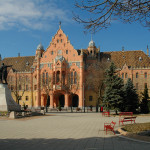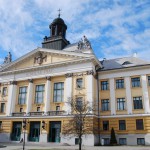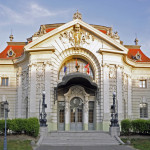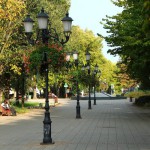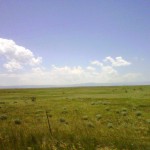Kecskemét & Hungary
Hungary
Hungary is a landlocked country of 93,030 km2 area in Central Europe, in the middle of the Carpathian Basin. It is bounded on the north by Slovakia; on the northeast by Ukraine; on the east by Romania; on the south by Serbia, Croatia, and Slovenia; and on the west by Austria. Plains and gentle hills of the Pannonian Basin dominate its surface. Some inselbergs form 600-900 m high mountain ranges. Temperate grasslands, agricultural land, meadows and non-coniferous forests characterise the landscape. Two major rivers: the Danube and the Tisza flow across the country from north to south. Lake Balaton, the biggest lake in Central Europe is a favourite target of tourists because of its warm water and nice landscape.
During its more than 1000 years of existence Hungary has experienced every possible historical ups and downs. It was several times invaded by different empires, occupied neighbouring areas, suffered several subdivisions, won battles and campaigns, lost world wars, survived civil wars and fallen revolutions. Since 2004 Hungary has been a member of the European Union.
Hungary has a slowly diminishing population of 10 million. The capital: Budapest is the most densely populated area with its 1.7 million inhabitants. Major cities of over 100,000 inhabitants are Debrecen, Miskolc, Szeged, Pécs, Győr, Nyíregyháza, Kecskemét and Székesfehérvár.
The dominant Hungarian (Magyar) population arrived from the east, from the Ural region. Its Finno-Ugric language and its traditional folklore is different from those of the surrounding Slavic, German and Romanian populations.
 From the wide range of travel and tourism information sites on Hungary see e.g. the official Hungary tourism site or the site of the Lonely Planet.
From the wide range of travel and tourism information sites on Hungary see e.g. the official Hungary tourism site or the site of the Lonely Planet.
Kecskemét
Kecskemét – the capital of Bács-Kiskun County – fusing all the beauty and values of the Great Plain is situated in the middle of Hungary, approximately 85 kms from Budapest. The city – using its favourable geographical location – developed into the economic, administrative, educational, and cultural centre of the region; it gives home for several institutions of fine arts, unique collections, and dignified festivals. Kecskemét has an individual image and its downtown recalls the secessionist mood of the past century.
Kecskemét was established at the meeting point of a large sandy region and a sandy yellow soil; its elevation is 120 m above sea level. The territory west of the city is covered by wind-blown sand, characterized by the almost parallel northern-southern sand dunes and the plain between them. At the end of the 18th and the beginning of the 19th centuries, the pastures had become depleted. Overgrazing by cattle had destroyed the natural vegetation cover, and the movement of sand seriously endangered the town. Concentrated reforestation and planting of fruit and vines was carried out to stabilize the soil again.
Kecskemét is in the center of Kiskunság, one of Hungary’s famous regions. The Kiskunság National Park was established in 1975 to preserve the many different regional species of plants and animals. It is a “mosaic”-type national park, consisting of units that are not connected.


